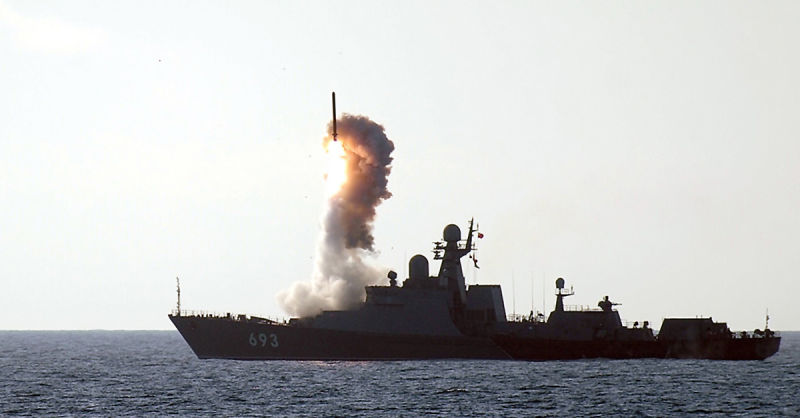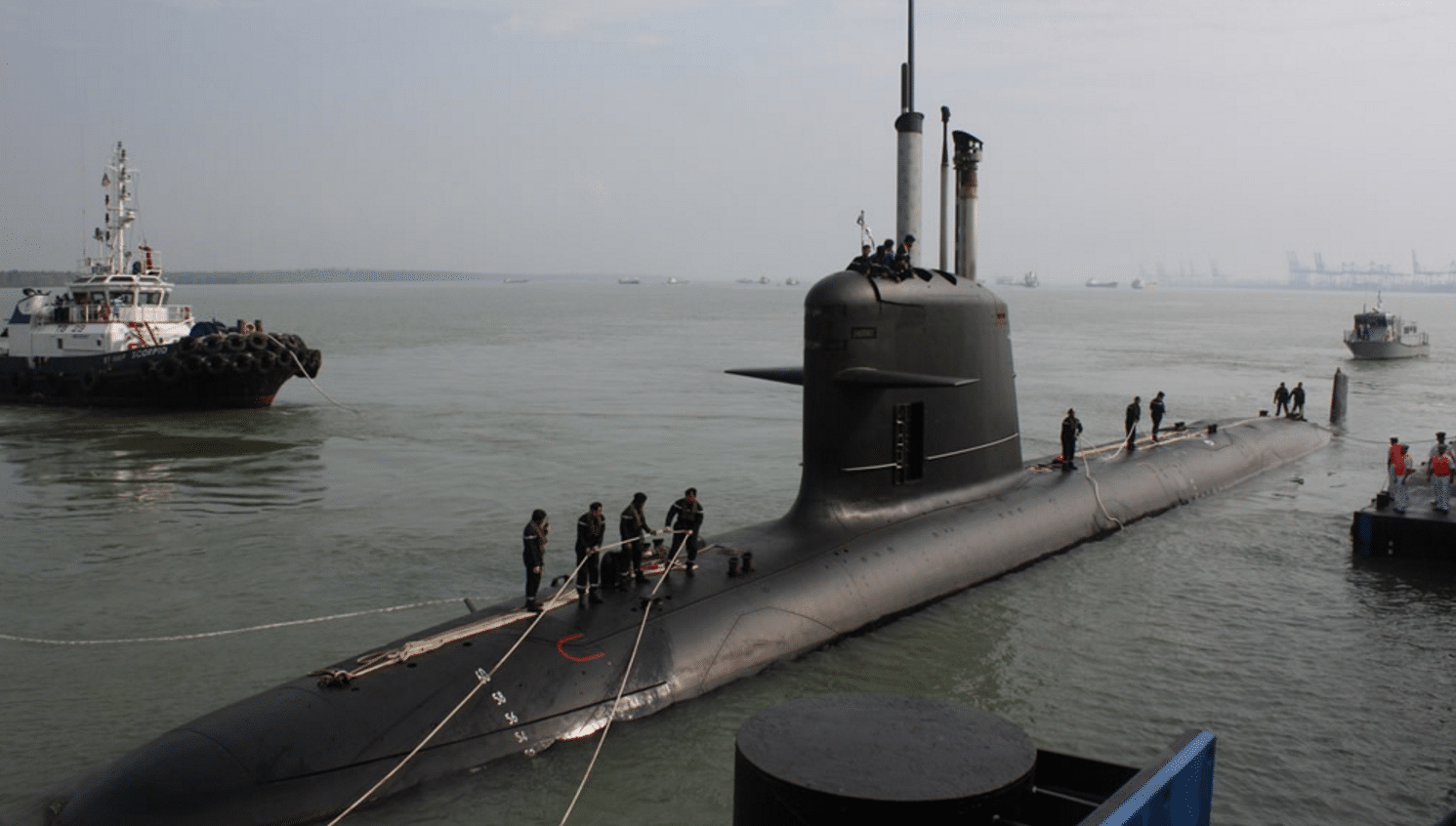2996Views 0Comments

Russia’s Buyan-M corvettes could get Pantsir-SM air defence system
According to the Russian media outlet Izvestia, the Russian Navy’s Project 21631 Buyan-M corvettes could soon be equipped with new sensors as well as the Pantsir-SM short-range air defence system.
In terms of sensors, Izvestia claims that the Buyan-M will be equipped with an active electronically-scanned array (AESA) radar. This will be accompanied by the forthcoming Pantsir-SM surface-to-air missile (SAM) system, which is an iterative update to the Pantsir short-range SAM platform.
Notes & Comments:
According to Izvestia, the new radar will enable the Buyan-M to track targets 75 km away. So as to manage costs, the Pantsir’s missiles are not equipped with seekers of any kind. Instead, the guidance radar on the ground or onboard the ship will feed, via radio communication (i.e. data-link), with information of the target. The Pantsir currently has a range of 20 km, but the Pantsir-SM will reportedly extend this to 30 km.
The inclusion of anti-air warfare (AAW) capabilities of this nature onto the Buyan-M should fully position the platform as an effective multi-mission naval solution, especially in many developing world markets.
The Buyan-M corvette came to the fore around this time last year when the Russian Navy had deployed its Caspian Sea fleet to launch land-attack cruise missiles (LACM). At the time, the presence of a sub-1000-ton surface warship engaging in long-range strikes was surprising to observers, though it should have been expected considering that guidance aspect of LACMs is independent of the launch platform.
Izvestia’s report adds another dimension to the increasing utility to small surface warships. Besides taking on offensive mission profiles, small, stealthy, and (potentially) affordable ships could become fully capable multi-mission assets in their own right. For reference, the Israeli Sa’ar 5 corvette, which has a full load displacement of 1,275 tons, can deploy the Barak-8 medium-to-long-range SAM.
For defensively oriented – i.e. anti-access and area denial – navies, these advances in SAM and LACM technology will be of benefit as it would enable these navies to build credible offensive and defensive capabilities without having to invest in large and expensive surface warship designs.


